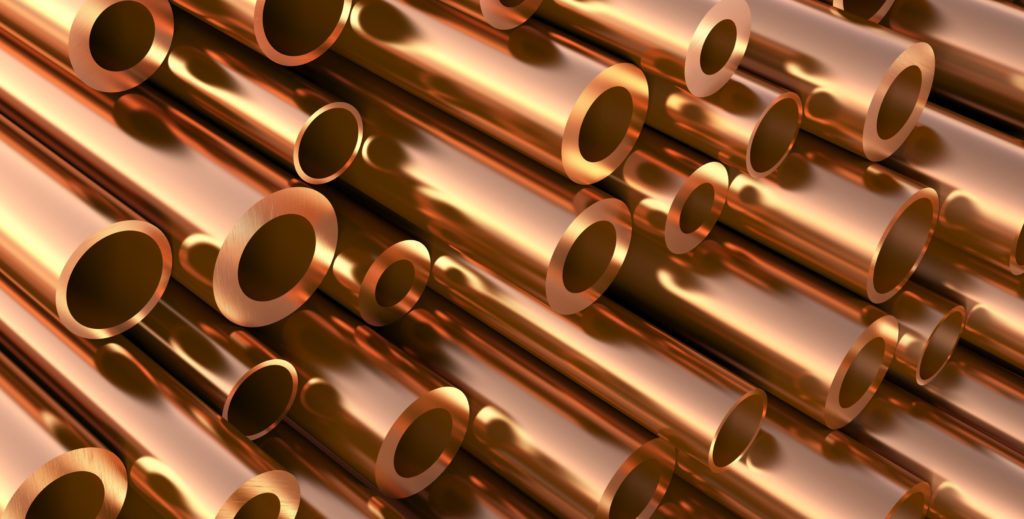According to preliminary data from the International Copper Study Group (ICSG), world copper mine production for the first nine months of 2020 fell 1%, with concentrate production declining by 0.8% and solvent extraction-electrowinning (SX-EW) declining by 1.5%.
The report highlights that global mine production ebbed 3.5% in April-May 2020 period, as these two months were the most affected by the COVID-19 related global lockdown that resulted in temporary mine shutdowns/reduced production levels. However, world mine production started to recover in May as lockdown measures eased and the copper industry adapted to the strict health protocols.
Some key drivers of the slow down were Peru due to stoppages resulting from the COVID-19 pandemic combined with operational issues/adverse weather that affected a few major mines, resulted in a 16.5% decline in mine output over the first nine months of 2020 including a significant decline of 38% in April-May compared to the same period of 2019. However, as the Peruvian mining industry started to recover the extent of the reduction narrowed to 2% in July but widened again to about 12.5% in August and September, compared to the same period of 2019. Other jurisdictions that faced disease pandemic related constraints include Australia, Mexico and the United States.
Chiles (the world’s biggest copper producer) output edged higher 2.5% in 1H20, recovering from previous years constraints offset by a 3.7% 3Q20 decline in production. Democratic Republic of Congo (DRC) and Panama increased significantly mainly due to the ramp-up of new mines or expansions while Indonesia’s production was 23% bullish following the transition of the country’s major two copper mines to different ore zones in 2019.
The December ICSG release reports that world refined copper production climbed 1.2% for the same period with primary production (electrolytic and electrowinning) up by 2.5% and secondary production (from scrap) down by 4.5%. Chinese refined production growth was adversely impacted by temporary shutdowns related to COVID-19 restrictions, tight scrap supply and constraints associated with concentrate imports and oversupply in the sulphuric acid market while in Africa DRC production was up 5.5% supported by the ramp-up of new or expanded SX-EW plants. Zambia was in rebound with a 20% growth, sharply recovering from smelters operational issues and temporary shutdowns previous year. Japanese refined production rose by 5.0% mainly as a consequence of a recovery from a number of maintenance shutdowns over the same period of 2019.
These gains were offset in part by India’s 20% decline in output as a consequence of the temporary suspension of Birla Copper’s operations in March-May following a nationwide lockdown due to disease pandemic while US 14% decline in output was on the back of temporary shut downs and longs strike at Asarco’s operations.
The Kwacha Arbitrageur

